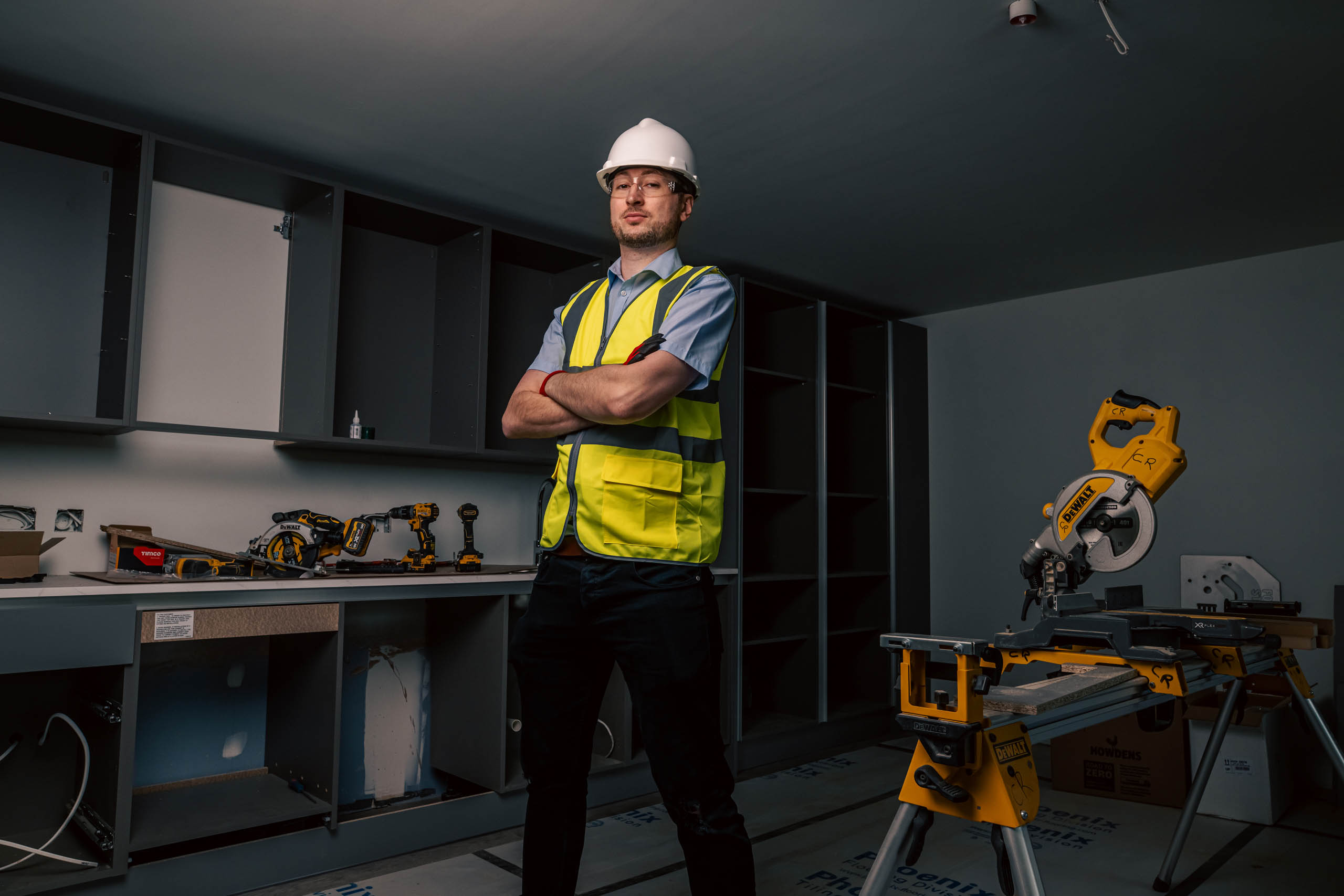General Info
School Leavers
Higher Education
Adult & Short Courses
Architects advise on the construction, design and planning of structures that need to be built or restored. They are an important part of the design team and prepare drawings, inspect the building work that is taking place and meet regularly with clients to keep them updated on the project. They are usually hired at the start of the project and remain until completion.
Architectural technicians create constructional blueprints and compile technical information guiding construction teams and clients.
They specialise in presenting building designs using technology and work closely with engineers and general architects. They are mainly concerned with the technical and scientific aspects of architectural design and are tasked to assist with drawings that are scientifically and technically accurate.
Most architectural technicians focus on creating guidelines for how a building is constructed rather than designing it. They are an integral part of the design team and can choose to specialise in an area of interest such as residential, commercial, or industrial projects.
Bench joiners tend to be based in workshops; they prepare a number of products before installation, such as doors, staircases and windows. Often they can create fitted furniture such as cupboards and wardrobes. Hours of work vary; typically they are Monday to Friday with overtime at weekends.
Interested in this career path? Then check out our courses.
Architectural Technologists give technical support to architects and the design team; they look at the designs and use technology to see whether the building design is possible. They analyse drawings, look at the surrounding environment, the site itself, materials and processes and work with computer-aided design software.
Bricklaying involves working on both commercial and private properties. Bricklayers use a range of materials including bricks and mortar and specialist tools such as trowels, chisels and bolsters. You need a head for heights and it involves working outdoors in all kinds of weather. Hours of work vary, typically are Monday to Friday with overtime at weekends.
Interested in this career path? Then check out our courses.
Building Control Officers ensure that building regulations and other legislation are adhered to when buildings are designed and constructed. These regulations cover public health and safety, fire regulations and energy conservation. They also check that property alterations such as extensions meet regulations. They are often required before a project starts to offer advice and guidance. After the work has started they make regular site visits to ensure the plans are being carried out correctly.
Building Information Modelling (BIM) describes the process of designing and delivering a building collaboratively using a coherent system of 3D computer models.
They act as the interface between designer, owner and facilities manager and as such enable successful collaborations between all team members. In addition to dealing with digital files and managing drawing production, the BIM manager defines the content required in the model to achieve long term client ambitions.
BIM roles are evolving to become an integral part of all construction projects.
Building services engineers install, maintain, and often design cost-effective systems such as heating, lighting, ventilation, air-conditioning, electrical, and water that contribute to the functionality of a building.
Sustainability is a very important aspect of their job with having to design, develop, and manage new technologies that reduce a building’s carbon emissions.
They work in collaboration with architects and other construction professionals on various commercial projects including offices, schools, shopping centres, hospitals, and stadiums, along with residential developments, and often specialise in one field such as electrical or mechanical engineering.
Interested in this career path? Then check out our courses.
You’ll check building works done properly, and that workers are following health and safety rules. You’ll regularly check work and compare it with project plans, measure and sample building materials to check their quality, find defects and suggest ways to fix them, keep in contact with contractors, engineers and surveyors, supervise workers and report to managers, architects and clients.
Building Surveyors are experienced in property, construction and work on new buildings and the aftercare of existing buildings, including design, maintenance, repair and refurbishment. In many cases, it offers the chance to work on a variety of projects, from heritage restoration to multimillion-pound structures. You will ensure that projects are completed on budget and on time, advise clients on the project specifications and prepare scheme designs including costs and a schedule of work.
Interested in this career path? Then check out our courses.

There has never been a better time to enter the construction industry; from high starting salaries, limitless potential, and increased demand due to the current skills shortage, construction is a smart choice.

Check out the latest articles from LCB and the wider industry.